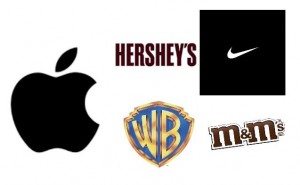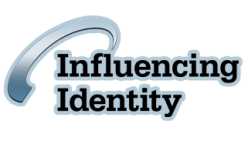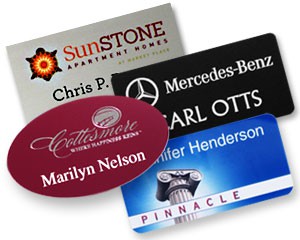The Merriam-Webster dictionary defines a brand as “a class of goods identified by name as the product of a single firm or manufacturer.” It is the overall perception and experience that customers associate with a particular company, product or service. They also define branding as “promoting a product or service by identifying it with a particular brand.”

Process
Personal branding is the process of an individual marketing or advertising themselves or their career as a unique image or idea. It is the ongoing practice of building up an image or uniqueness about themselves to others around them. A personal brand often involves using someone’s name on various marketing products.
Corporate branding is the process of promoting a company’s logo and name for marketing and advertising purposes. A corporate brand’s range is typically extensive and is often used to express the company’s ideals and goals.
Examples of personal branding:
Rachel Ray, Michael Jordan, Oprah, Scott Ginsberg, Tony Robbins

Examples of corporate branding:
Apple; Hershey’s; NIKE;
Warner Bros.; M&M’s

Benefits
Branding helps a business or person show how their products or services differ from competitors. A strong brand with a clear name, logo and visuals helps consumers know and remember what that brand sells or provides. It also makes people trust them more. When someone decides what their brand stands for and why it is unique, they can make themselves stand out and affect what customers pick. A strong brand shows that this particular product or service is trustworthy, high in quality and dependable.
Name Tags and Branding
By wearing personal identification products, (e.g., name tags, name badges, etc.), anyone can make themselves more visible to others. This also opens the door to better experiences at large events. They can promote their personal brand by wearing a name tag with their name (first and last). By wearing a name tag, they identify themselves as an individual and stand out in a crowd. Most often, people see this type of marketing at large corporate meetings or conventions where it is important to distinguish individuals from each other.
Corporate branding utilizes the same items as personal branding, such as lanyards and name tags, but they often use them differently. Many companies choose to add their logo, an essential part of their brand, to the name tags. This is so that their employees are easily identifiable to their consumers. These items are then turned into a way of advertising their company rather than the individual. People often see this type of branding at conferences where many companies that manufacture or sell the same ideas or items might mingle. Businesses will use lanyards, name tags and signs to distinguish everyone attending the conference.
Whether personal or corporate, a brand is essential to anyone seeking to be differentiated from those around them.
Learn more about using your logo on The Learning Center:


10 thoughts on “Personal Branding vs. Corporate Branding”